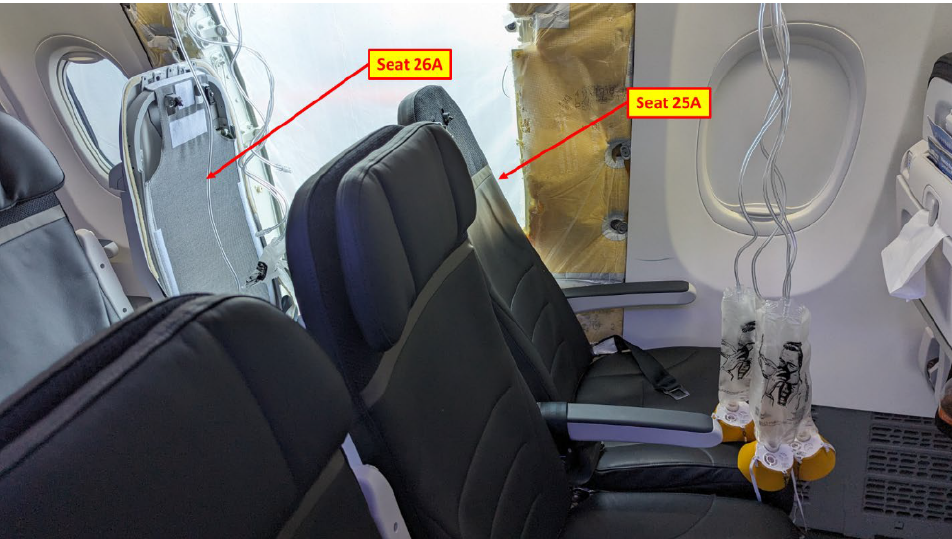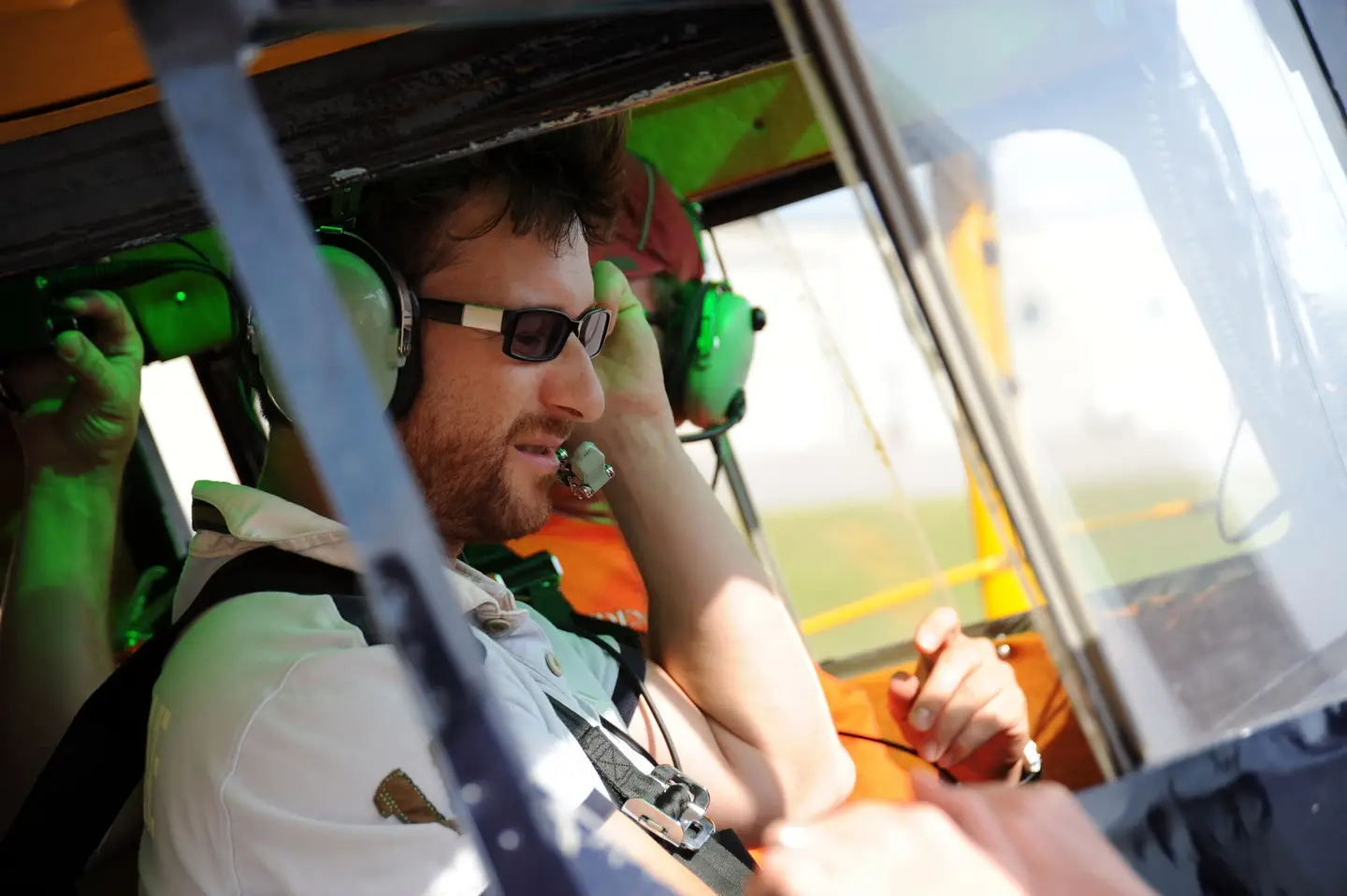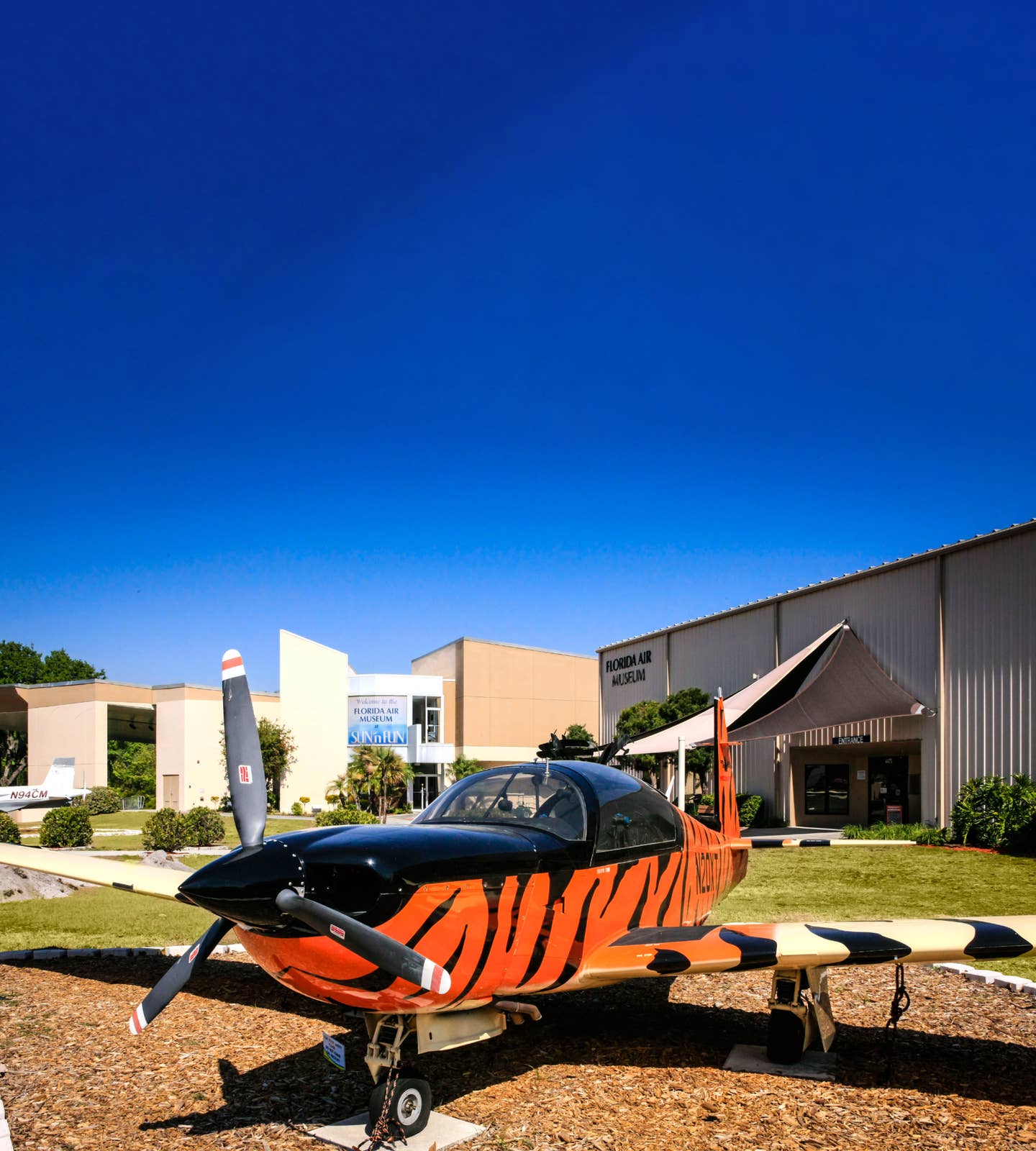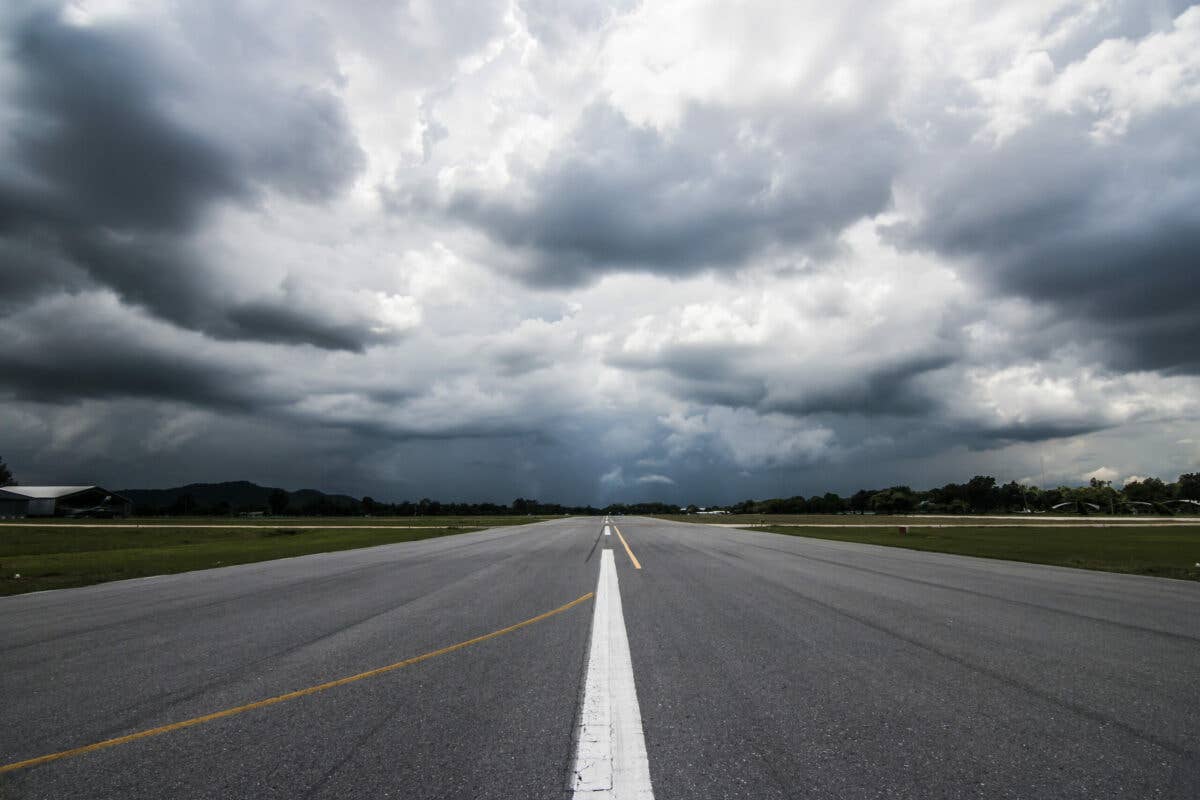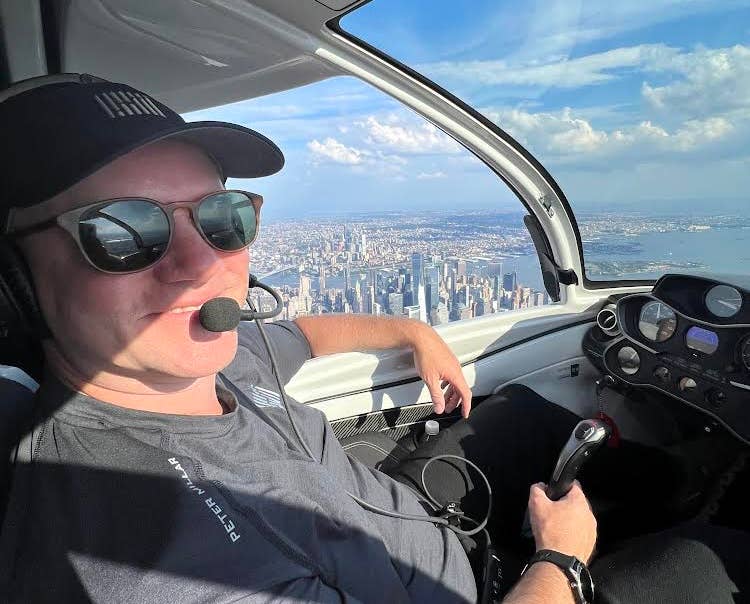Going Direct: Boeing CEO‘s Comments Shock The Aviation Community
At a shareholders meeting and in written commentary Dennis Muilenburg discussed the ongoing 737 Max crisis. He made things worse.
K65810-02
I know I shouldn't be shocked when people handle crises poorly, but this one made my jaw drop. Addressing the 737 crisis, which, to summarize, began with the crash of Lion Air Flight 610 outside Jakarta, Indonesia, on October 29, 2018, in which all 189 people aboard the 737 Max died, Boeing CEO Dennis Muilenburg said there was nothing wrong with the MCAS system that's implicated in the crashes. It's a line that Boeing has maintained from the beginning.
Remember too that after Lion Air, the 737 Max crisis escalated with the loss of another 737 Max, Ethiopian Airlines Flight 302, in which 157 people died. In both cases, the aircraft suffered a loss of control that included an automated system known as MCAS trimming the aircraft full nose down in response to data it was getting from a faulty sensor. In both cases, the pilots fought to regain control but couldn't.
Are you an aviation enthusiast or pilot? Sign up for our newsletter, full of tips, reviews and more!
I should backtrack because the crisis didn't start with the Lion Air accident. That was just when we became aware there was a problem. The problem started with the design of the 737 Max, a program that was launched very quickly in response to the huge success of a competing Airbus product, the A320neo, which offered its customers much more fuel-efficient engines. Boeing, which hadn't been planning a new 737 project, jumped into the Max project, which would mate new CFM Leap engines to the 737 airframe. Boeing worked closely with the FAA in the plane's certification, getting the plane approved and fielded in a remarkably short period of time compared with previous, similar re-enginings.
Along the way Boeing needed to address some handling characteristics of the plane when it was at a high angle of attack at the right upper corner of the weight and balance envelope. To keep the plane from being too light on the controls Boeing designed a new system, the maneuvering characteristics augmentation system (MCAS) that automatically trims the nose down at very high angles of attack by adjusting the elevator trim nose down repeatedly until the angle of attack is at an acceptably low level.
What apparently happened on both accident flights is that a single angle of attack sensor fed incorrect data to the flight computer, which prompted MCAS to lower the nose by trimming nose down. The pilots, unaware of the AOA error and---this is the scary part---untrained in how to handle an MCAS-commanded trim runaway, failed to keep the plane under control and crashed. In trying to keep its customers' costs down, Boeing had designed the 737 Max so that its pilots didn't need, or so it went, to get differences training in a simulator in order to fly the Max.
And it turns out in recent news that Boeing's guidance to pilots in the field about what equipment was aboard the 737 Max was incorrect. With two angle of attack sensors when there's a significant difference between the data being sent by each of the two, known as miscompare, a warning message pops up warning pilots of the conflict, arming them with the knowledge that they need to do something. As it turned out, the disagree warning light, which was installed in all SWA 737 Max aircraft, only worked when there were two AOA sensors. The SWA 737 Max aircraft reportedly had just one, so there would be no warning light going off if there were to be an AOA error because there was no second sensor to compare it with.
That background is all necessary to understand Muilenburg's comments in context. When asked about Boeing's responsibilities for the crashes, he repeatedly said the accidents were the result of a chain of events, that the pilots didn't respond appropriately, and that there was nothing wrong with the MCAS system to begin with.
At the same time as Muilenburg was making these comments to shareholders at Boeing's annual shareholders' meeting, the company was busy making software changes to the MCAS system and is reportedly preparing training materials to instruct pilots in how to respond to an MCAS initiated trim runaway.
I should be used to Muilenburg's line of response. The strategy has become too familiar. While commiserating with the victims (Muilenburg grieves over the loss of life) you simultaneously deny there was a problem (MCAS was fine) while seeking to shift the blame to others (those pilots didn't respond to the emergency properly).
I'm not the first to say that it's the kind of response the corporate lawyers must have crafted as they gear up for what is certain to be a tidal wave of litigation related not only to the crashes but for the loss of revenue that Boeing's 737 Max customers have suffered in the many weeks that the aircraft has been grounded. The costs for Boeing will, again, almost certainly be enormous. Muilenburg's strategic response to questions from shareholders was developed with limiting those damages by giving Boeing a plausible line of deniability.
It's how business works these days. It's not how aviation should work, however. The pilots, who are responsible for hundreds of lives each time they push back from the gate, rely on completely transparent communications to be armed with the information they need to address emergency issues in flight.
Boeing's development of MCAS as part of the 737 Max certification process and now Muilenburg's response to the tragedies associated with it has been the opposite of transparent. The question is, how much of that represents today's culture at Boeing and, hence, all of its current products. Based on Muilenburg's horrifying performance, Boeing's culture should give serious pause to every pilot and every passenger who fly Boeing products.

Subscribe to Our Newsletter
Get the latest Plane & Pilot Magazine stories delivered directly to your inbox

